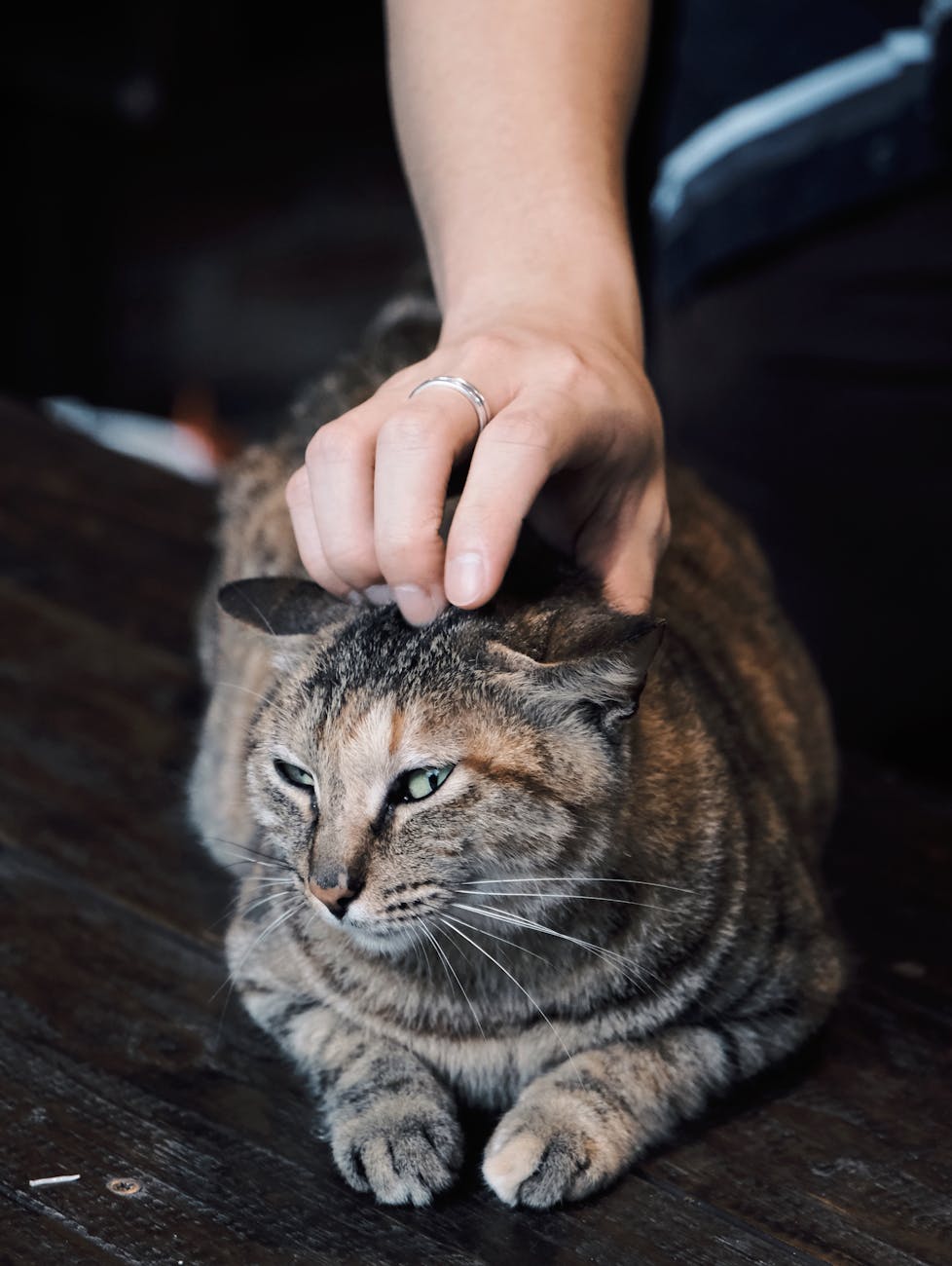
Decoding Feline Playtime: What Your Cat’s Games Really Mean
Cats are mysterious creatures, often leaving us puzzled by their playful antics. Understanding what your feline friend’s games signify can bridge the gap between human and cat, enhancing your bond and providing insight into their behavior.
Understanding Feline Playtime
Feline playtime is more than just a way for cats to pass the time. It is a crucial component of their development and well-being. According to Dr. Samuel Brooks, a renowned anthrozoologist, play is an essential part of a cat’s physical and mental health. Through play, cats hone their hunting skills, maintain fitness, and relieve stress.
The Science Behind Cat Play
Research suggests that play is a vital aspect of a cat’s life, with kittens engaging in play for about 10% of their waking hours. Even adult cats indulge in play, with activities like chasing and pouncing mimicking their hunting instincts. This behavior is not only instinctual but also serves as a method of learning and socialization.
Decoding Common Cat Games
| Game | Meaning | Benefits |
|---|---|---|
| Chasing | Mimics hunting behavior | Improves agility and coordination |
| Pouncing | Stalking prey | Enhances focus and precision |
| Batting | Simulates capturing prey | Develops paw-eye coordination |
| Climbing | Exploring territory | Builds strength and balance |
| Hide and Seek | Practices stealth | Sharpens problem-solving skills |
| Wrestling | Social interaction | Encourages bonding and trust |
| Object Play | Curiosity and exploration | Stimulates mental activity |
| Laser Chase | Simulates fast-moving prey | Increases cardiovascular health |
Actionable Tips for Engaging Play
- Provide a variety of toys to cater to different instincts.
- Incorporate interactive play sessions to strengthen your bond.
- Rotate toys regularly to keep them novel and interesting.
- Ensure play is safe by avoiding small parts that could be swallowed.
Personal Experiences
One cat owner, Isabella, noticed her cat Rufus became more relaxed and less anxious after introducing a daily play routine. By understanding Rufus’s favorite games, Isabella could provide targeted play that met his instincts, resulting in a happier, healthier cat.
FAQs
Why do cats play with their prey?
This behavior is instinctual, allowing cats to practice hunting skills, even if they are domesticated.
Is it normal for my cat to play alone?
Yes, cats often enjoy solitary play, which can help them explore their environment and entertain themselves.
How much playtime does my cat need?
Adult cats typically benefit from at least 15-30 minutes of interactive play daily, while kittens may require more.
Conclusion
Decoding your cat’s playtime can offer valuable insights into their needs and behaviors. By engaging in their games and providing the right toys and environment, you can support their development and strengthen your bond. Explore the world of feline play with your cat and watch your relationship flourish.


